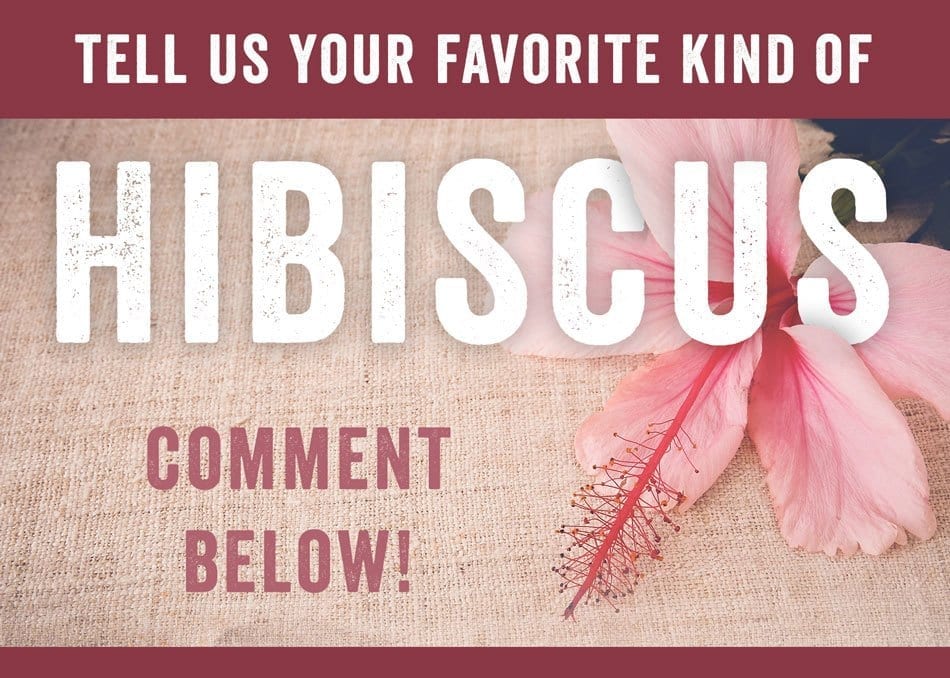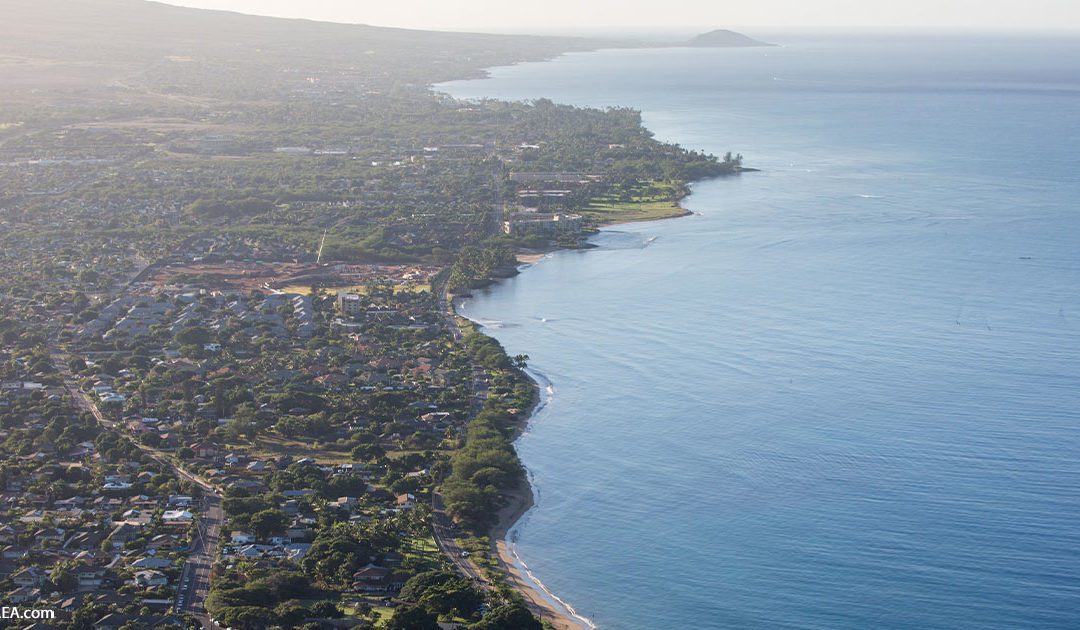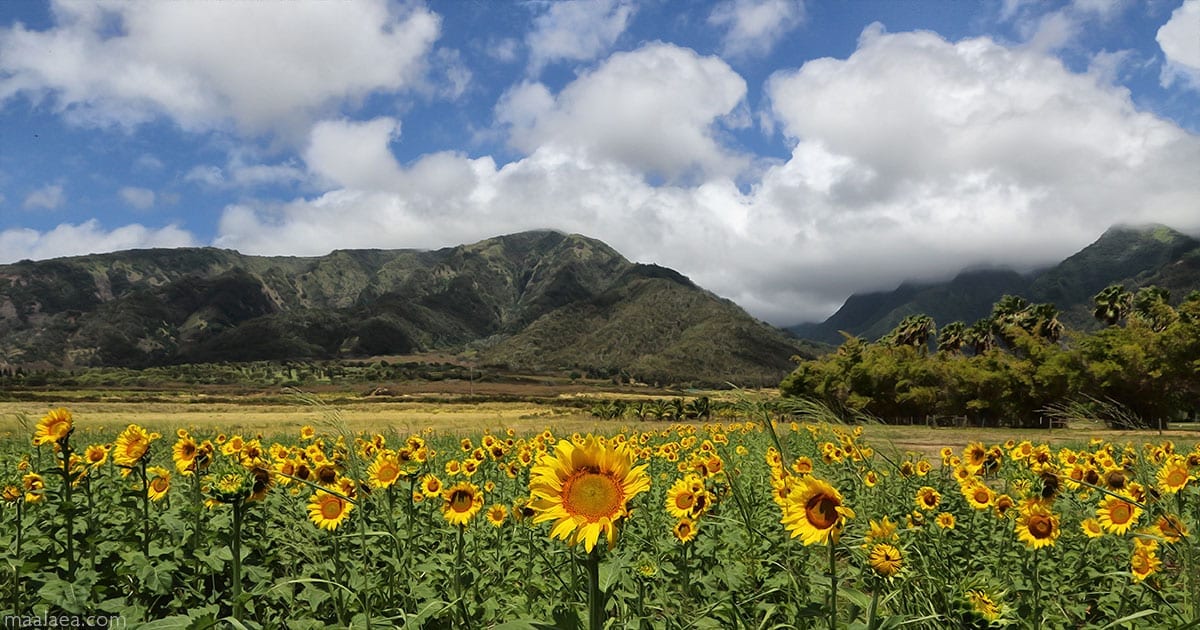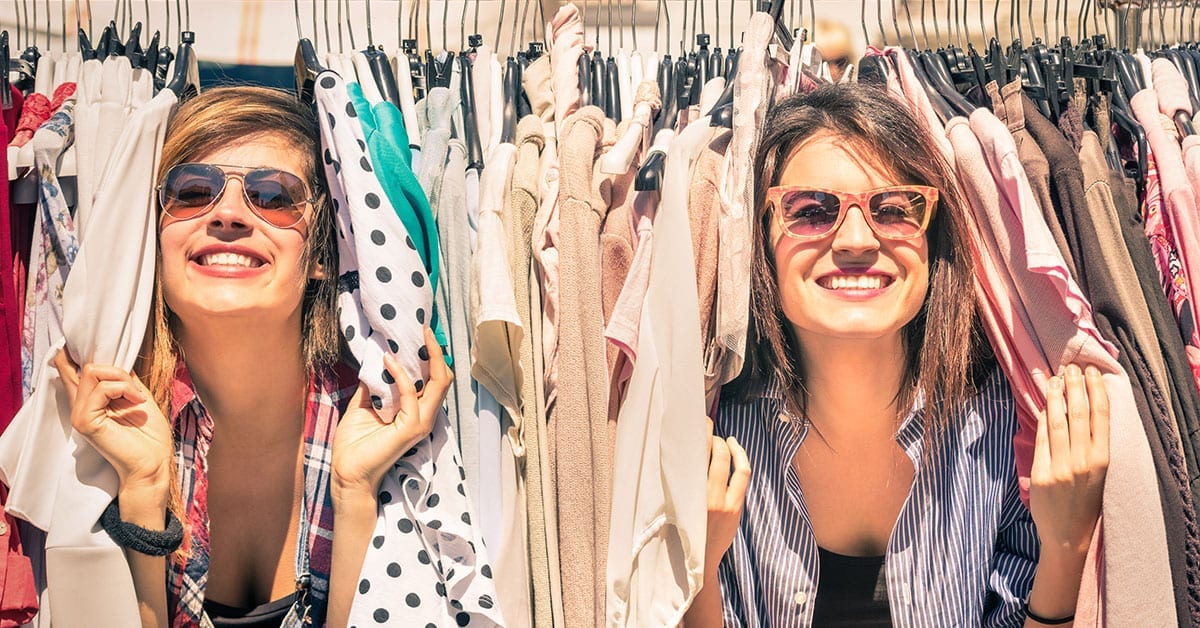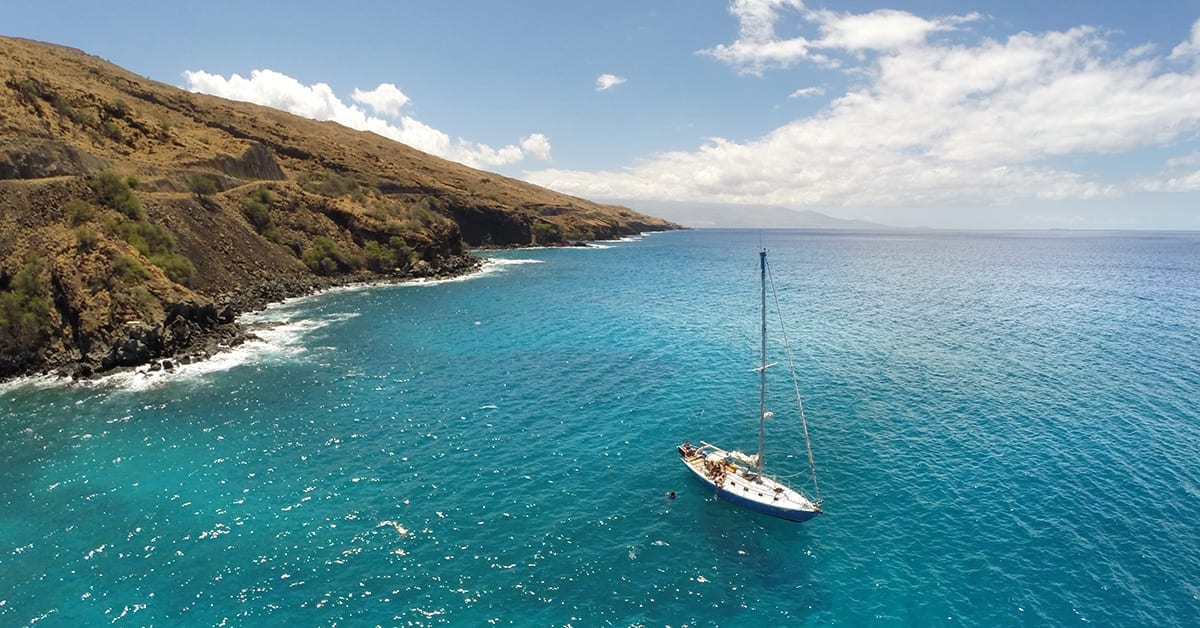From shell pink petals to deep claret blooms, the hibiscuses of Hawaii are some of the most seductive flowers in the islands. Thanks to Haleakala EcoTours for sharing this great post!
Consider them the first Hawaiians.
Prior to the first influx of humans, a number of flora and fauna found their way to Hawaiian shores via migratory birds, winds, and ocean currents. Five varieties of hibiscus arrived on the isolated archipelago and proceeded to flourish in the warm climate and volcanic soil.
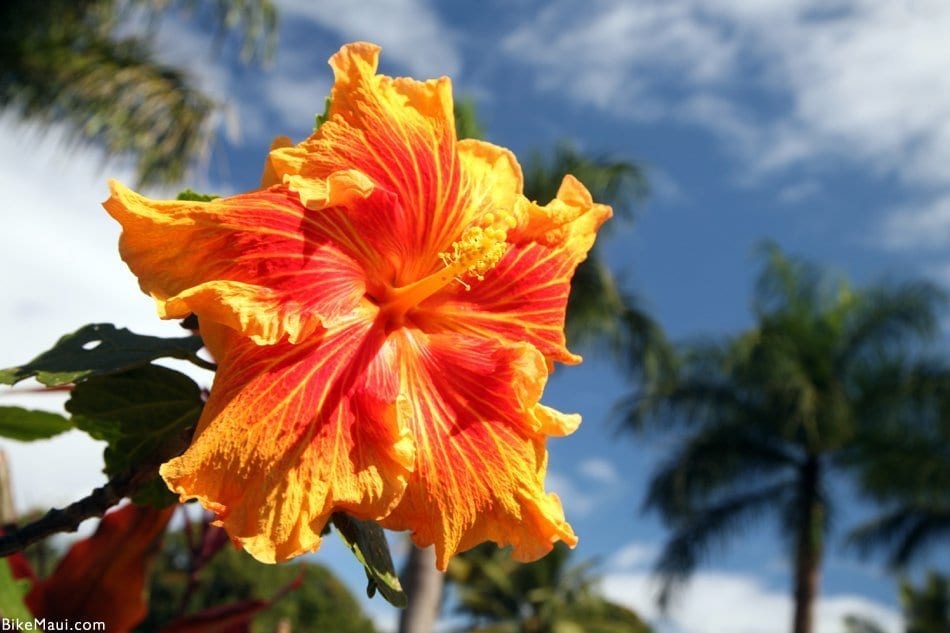
It was an epic feat:
In the early stages of Hawaii’s colonization by plants and animals, it’s believed that one endemic plant vanished every nine months—ultimately decimating the native population from 50,000 species to a mere 2,600.
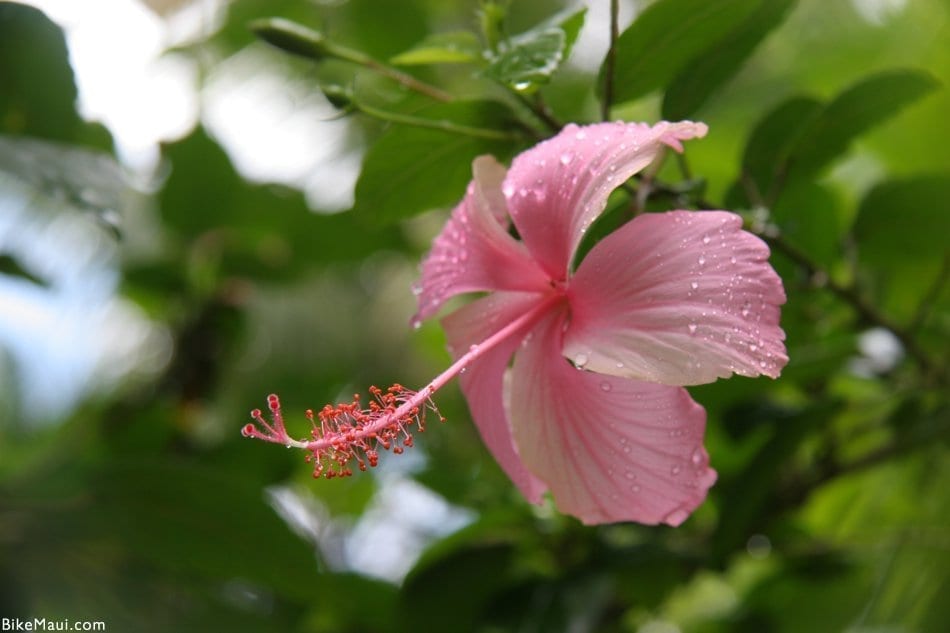
Those original hibiscus plants not only survived this fragile era but also thrived.
Today, more than thirty types of hybridized hibiscus are spread throughout Hawaii. Otherwise known as Aloalo, hibiscuses appear in a kaleidoscope of colors and sizes, from the sunset-shaded Key Largo to the Feng Shui-red China Rose. They’re so beloved by Hawaiians they’ve become universally emblematic of the Aloha State. Three to five-lobed with a slender stamen, part of their allure is found in their pithiness: They bloom only once a day, typically for two hours in the afternoon, and die after opening—rendering them all the rarer and more beautiful in their brevity.
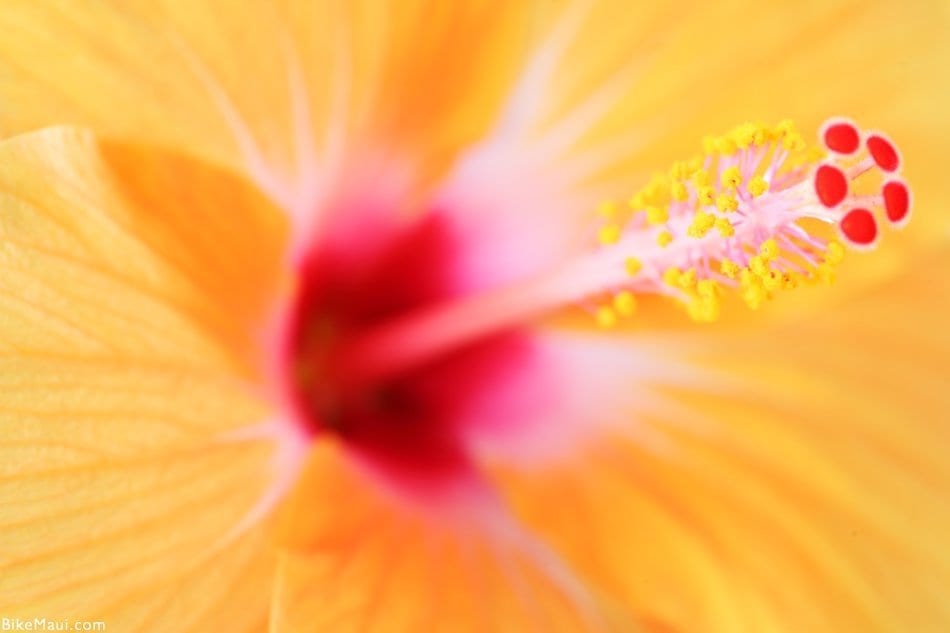
A favorite of bees and Japanese beetles, Hawaii’s brands of hibiscuses—which bloom in subtropical climates throughout the world—include the lovely kokio keokeo.
Tooth-edged and pale—with a face that blooms white before blushing pink—the kokio keokeo’s biggest claim to fame is that it’s the only scented hibiscus on the planet.
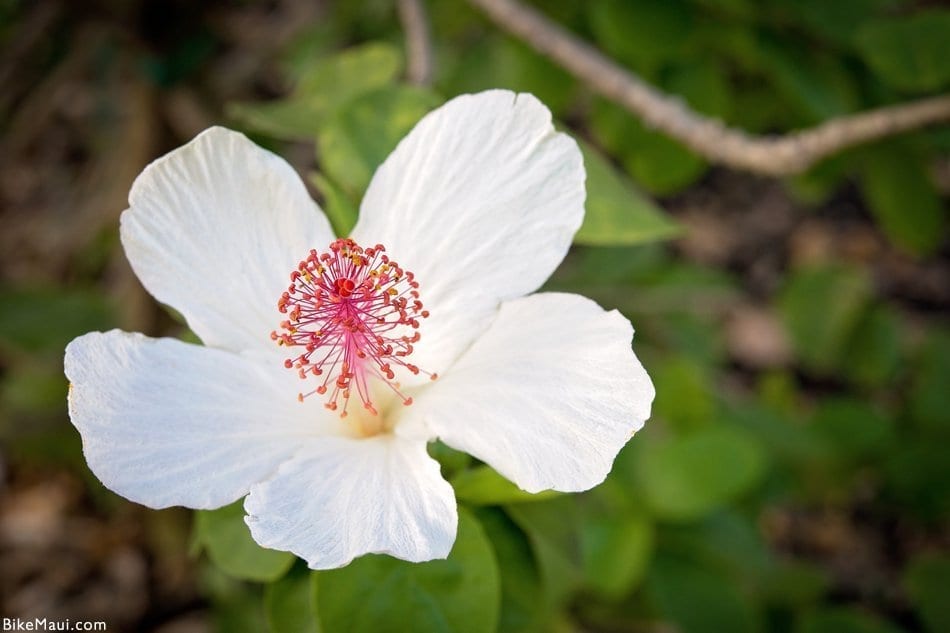
Ancient Hawaiians relied upon several types of hibiscuses for more than just ornamentals and centerpieces at luaus and weddings.
Natives used dye from hibiscuses’ bark to disguise the color of their fishing nets and lines. Tonics were extracted from the bark, and both in Hawaii and around the planet, hibiscuses were used to treat colds, appetite loss, blood pressure, body temperature, and stomach irritation. The bark’s durability also inspired Polynesians to use its bast fibers—called fau and purau—in the creation of hula skirts and wigs.
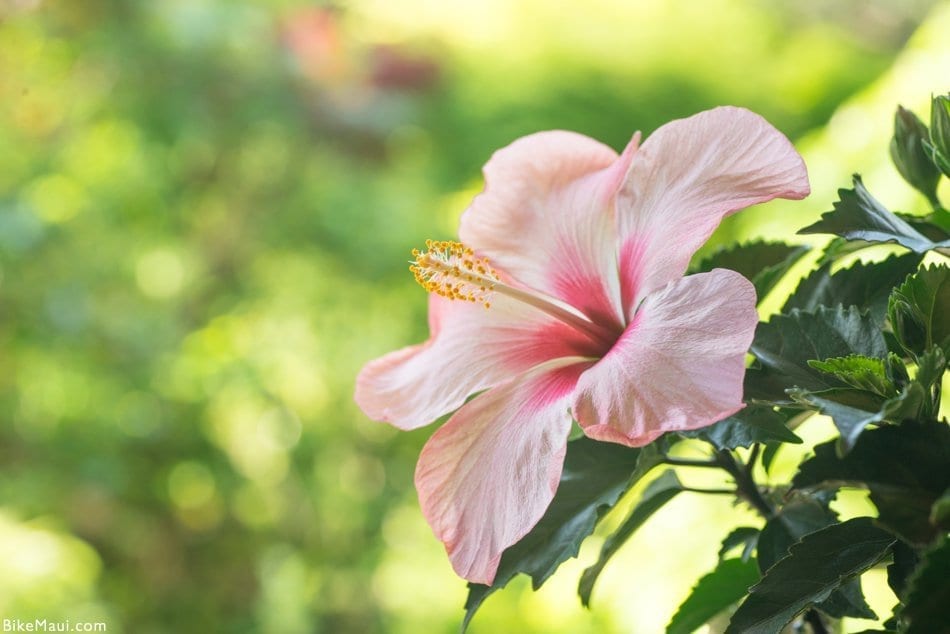
These showy blooms were and remain vital to Hawaiian culture.
Natives deem the hibiscus a symbol of power and respect, while the Pink Hibiscus—which is known for its wrinkled texture and is most common on Kauai—was believed to keep women healthy throughout their pregnancies (a belief that has since been refuted). Hawaiian Airlines—arguably the most globally recognized airline of the 50th State—adopted its image for their iconic logo. And today, the hibiscus serves as the official state flower of Hawaii.
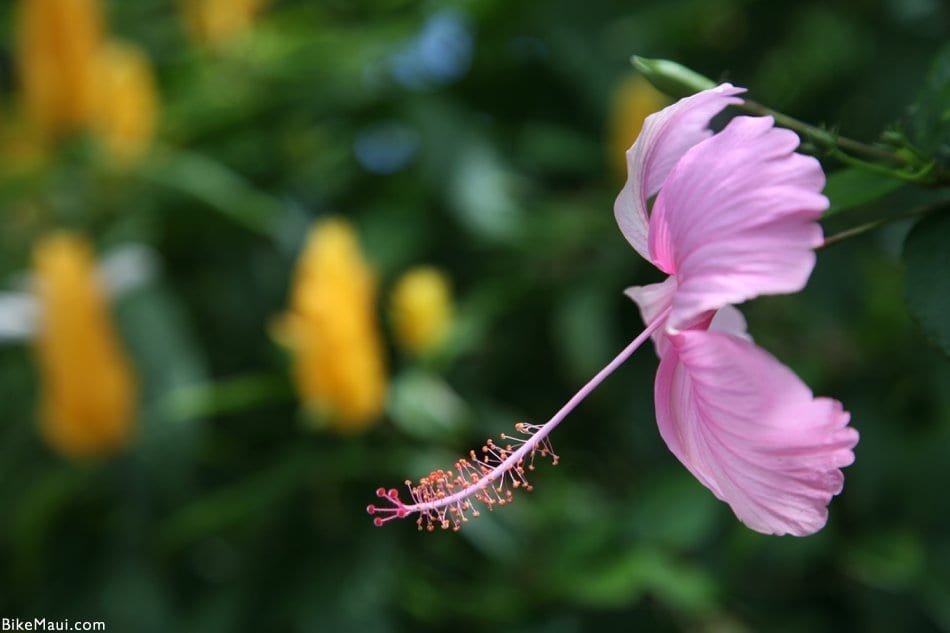
Thank Outdoor Circle for the coveted title.
Established in 1912, Outdoor Circle was started by a group of women who were determined to beautify Honolulu and its surrounding environs—an endeavor that led to island-wide plantings and work towards prohibiting billboards on Oahu (a ban that’s still in effect today). By 1923, they had persuaded the then-territory’s legislature to name the hibiscus the floral representative of the islands. While that award originally went to the ruby-red Chinese varietal, the sunshine-hued Yellow Hibiscus—or ma’o hau hele—assumed the crown in 1988 and has kept it ever since.

Present on all of the major Hawaiian Islands except bomb-ravished Kaho’olawe and the isolated isle of Ni’ihau, the ma’o hau hele can grow up to thirty feet tall; some shrubs reach an astounding twenty feet in diameter. And while most trees bloom year round, flowers are most commonly seen in the spring and summer.
Despite their health and vibrancy, the Hawaiian hibiscus has become endangered in its native habitat.
Many plants are susceptible to what’s known as the hibiscus erineum mite. So diminutive that they’re naked to the human eye, this mite—which wreaks havoc on the health of hibiscuses—arrived in Hawaii in 1989 and is transported from island to nursery to backyard through birds, insects, and winds. Urbanization, ranching, agriculture, alien species—all also pose a threat to hibiscuses, particularly the Hibiscus clayi. Found exclusively in the dry forests of Kauai’s Nounou Mountains, this variety began disappearing after the introduction of cattle in 1928; today, it’s believed that only four “Kauai rose mallow” trees remain.
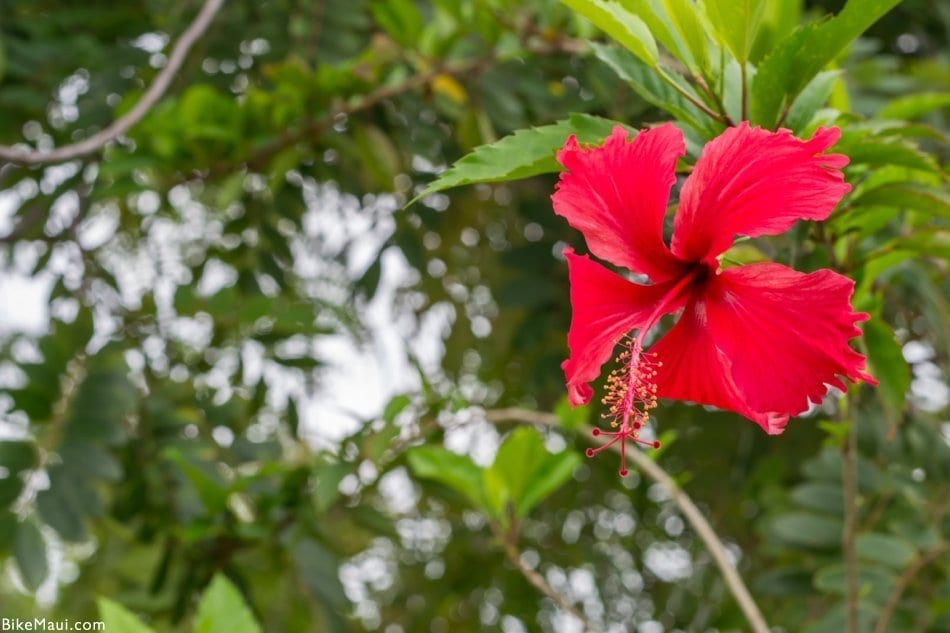
While hibiscuses may be synonymous with Hawaii, they’ve also been long-cherished in other cultures throughout the world.
Regarded as one of the most feminine flowers in existence, during the Victorian era hibiscuses were given to indicate attraction and interest. In China, hibiscuses are believed to personify the fleetingness of beauty and fame, no doubt due to the flower’s brief bloom and fast demise. The national flower of Haiti, Malaysia, and South Korea, hibiscuses are also frequently planted to draw hummingbirds to gardens, and are so prominent in parts of Africa that they spurred award-winning author Chimamanda Ngozi Adichie to title her debut novel Purple Hibiscus. Children in the Philippines crush hibiscuses to create a sticky juice that’s used to blow bubbles through hollow papaya stalks. Mexicans consider it a delicacy. And Indian art frequently features hibiscuses, in large part because it serves as the flower of the Hindu goddess Kali.
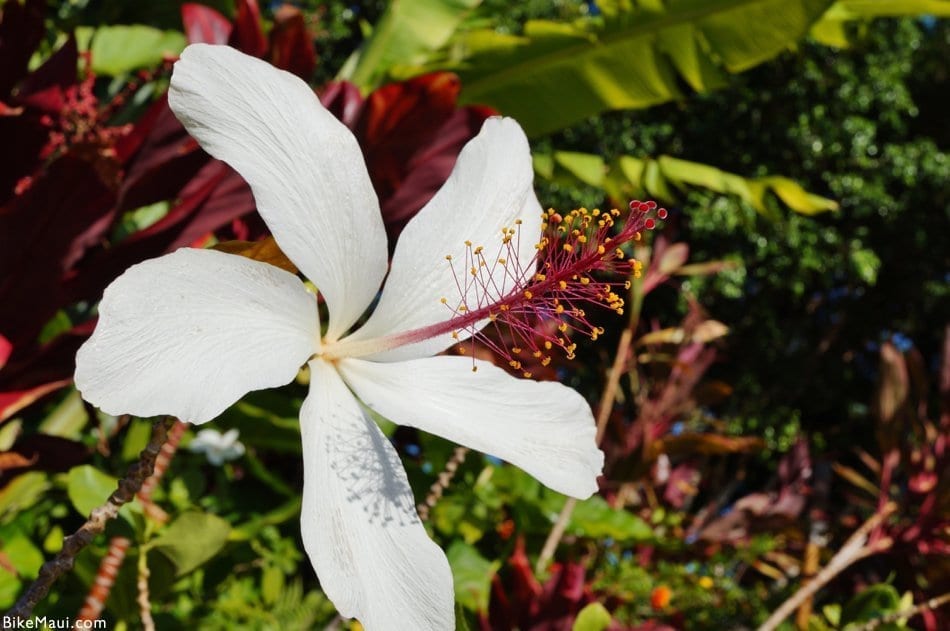
Considered by many to be tantamount to delicate beauty, hibiscus is also a boon to organic skincare, leading some to call it natural Botox for its exfoliating and emollient properties. In Egypt, hibiscus is used to create a drink called “karkade”—essentially a tea, permeated with dried hibiscus leaves, that offers imbibers a substantial dose of antioxidants. (Indeed, hibiscus tea is served around the world.) Additionally, while traditionalists may have used hibiscuses for everything from treating upper respiratory tract pain and swelling, science today shows that it supports relief from indigestion and kidney ailments. And culinary hibiscuses are a tart addition to recipes around the planet, from sorrel in Jamaica—in which the flower is brewed with orange peel, ginger, and spices—to a spicy shandy in Trinidad.
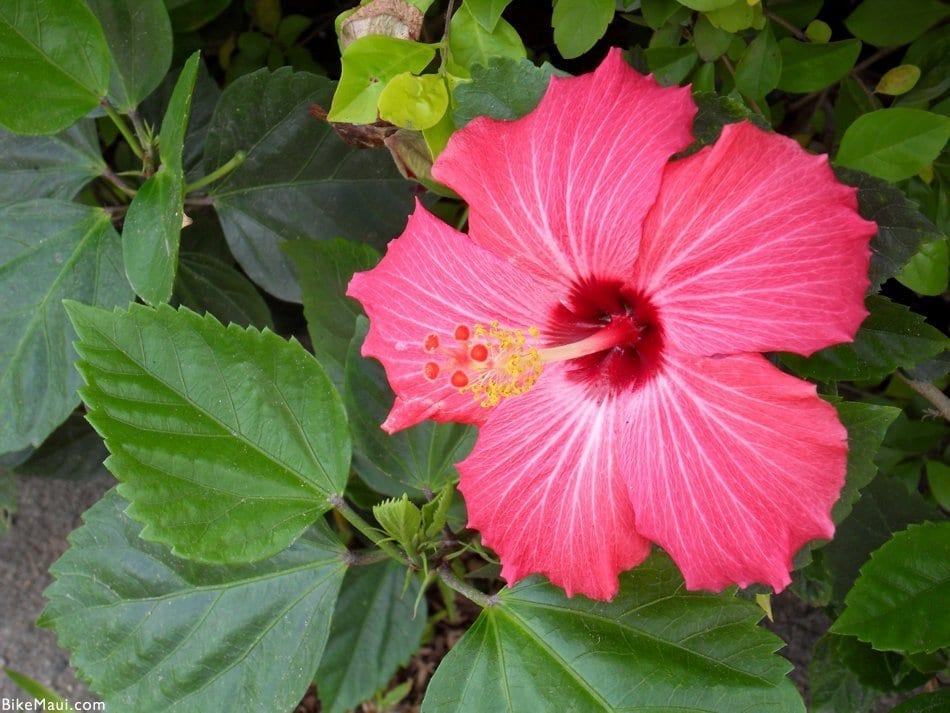
Back in Hawaii, hibiscuses are almost as prevalent as palm trees, particularly in the sunnier parts of the islands. And whether moon white or a deep coral, the hibiscus is the acme of subtle messages: Worn behind the left ear, and a woman is taken; worn behind the right, and she’s, well, rightly available. Wear it proudly: It was once considered a sign of royalty.

